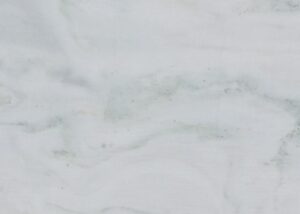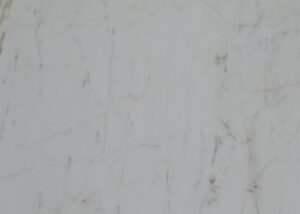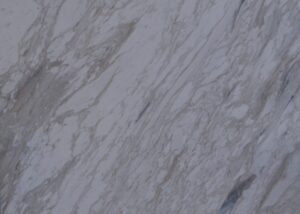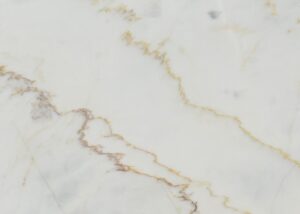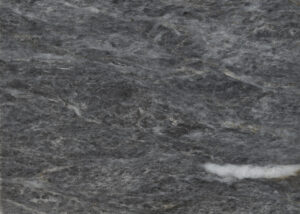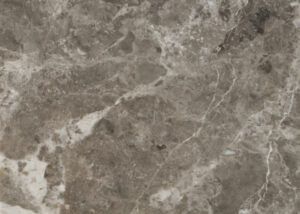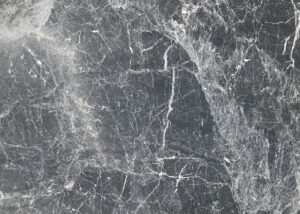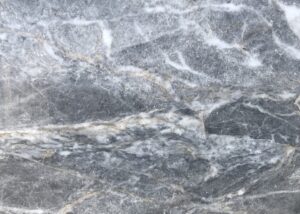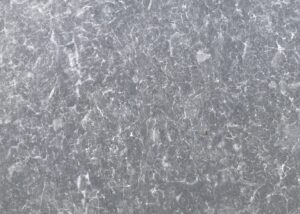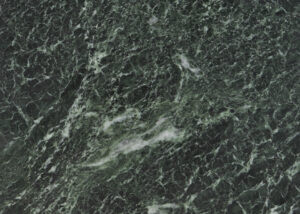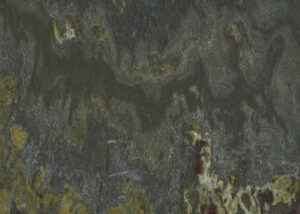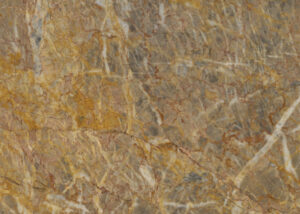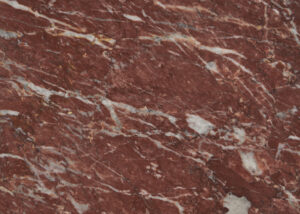Tinos Green

Tinos Green features a green background and along with the white-green veins and the white clouds resembles so beautifully a lush sun drenched verdant forest.
It is popular for its distinctive green color, which is created by the presence of serpentine minerals in the stone. Tinos green marble has been used for centuries in architecture, and it is particularly prized for its beauty and durability. The marble has a high degree of hardness, which makes it resistant to wear and weathering. It is commonly used for floors, walls, countertops, and decorative objects.
It is available in blocks and slabs of 2cm and 3cm thicknesses, and can be transformed into stairs, cut-to-size pieces, bathroom sinks, and tiles in standard sizes of 60x60x2, 40x40x2, 30x60x2, and 30x30x2.
| PHYSICAL MECHANICAL PROPERTIES | ||
| Test Method | Characteristics | TINOS GREEN |
| EN 1936 | Apparent density, kg/m3 | 2650 |
| EN 1936 | Open Porosity, %vol. | 0,9 |
| EN 13755 | Water absorpt. at atmospheric pressure, %w | 0,3 |
| EN 1926 | Uniaxial compressive strenght, MPa | 100 |
| EN 12372 | Flexural strength under concentrated load, MPa | 9,8 |
| EN 13364 | Breaking load at dowel hole, N | 1500 |
| EN 14157-B | Abrasion resistance, mm3 | 10925 |
| EN 14158 | Rupture Energy, Joule | 6 |
| EN 12371 & EN 12372 | Frost resistance, 48 cycles: MPa Flexural strength after 48 cycles of frost resistance | 10,8 |
| MINERALOGICAL COMPOSITION | ||
| Calcite | ||
| Dolomite | ||
| Quartz |

Marble Collection

Rebranding our Greek greatest MARBLE asset


